The Role of Hip Flexors in Running & 6 Stretches To Make Them Stronger
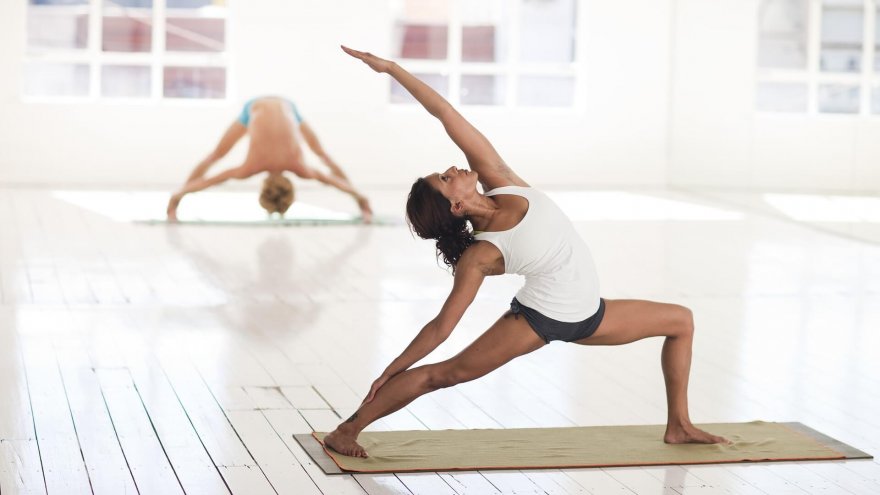
Avid runners can usually explain the importance of building (and keeping) strong muscles to prevent injury. In addition, strengthening muscles can bring performance improvements. Sadly, strength training is something that many runners neglect.
Another very true reality is that injuries eventually happen to almost all runners. But did you know that sometimes when you have pain, the spot bothering you is often not the actual problem?
For example, knee pain can have originated from hip instability.
The same is often true of back pain. You guessed it; the underlying issue is very likely not a back problem at all.
One of the keys to better running health and injury prevention is learning how to open up the hip flexors.
7 Symptoms of Tight Hip Flexors
- Pain in hip, pelvis or groin can point to tight hip flexors and hip flexor strains, especially in runners.
- Tenderness in upper leg. It can also rear up in the form of cramping.
- Discomfort in an adjacent muscle group such as glutes or your core can be another symptom of a hip flexor problem.
- Bruising or swelling of your hip area can be another sign.
- Lower back pain.
- Poor posture or discomfort when you stand up straight
- Pain occurs or worsens when you sit for an extended period of time.
What Causes Weak Hip Flexors?
Understanding the symptoms of tight hip flexors is obviously important. However, you should also know what causes it.
Hip flexors are a frequently ignored muscle group that is active in most phases of the running cycle.
Runners ignore strengthening this group because they experience significant tightness and assume it is because they are already strong but overworked. This is often not the case.
Hear us loud and clear: tight muscles do not equal strong muscles.
There is a reason the hip flexors are usually tight in runners. It is because they are a highly active group of muscles that are actually not strong enough.
The hip flexors are in charge of driving the leg up and forward during the swing phase. They also work eccentrically during the push-off phase when the opposite muscles are firing to control the motion.
Hip flexion is naturally increased to clear the ground and lengthen your stride when attempting to increase speed during running. Over time, if the hip flexor muscles lack sufficient strength for this motion, overuse injuries may occur.
Either the hip flexors will become significantly tight and eventually limit the amount of stride and range of motion, or inflammation may build up in the joint.
Several muscles create the hip flexion movement, and it is not uncommon for more than one of these muscles to be affected. The pain caused by the overuse injuries in this area of the hip can be sharp, very painful, and make running nearly impossible.
Another common cause of hip flexor dysfunction is poor posture in running and other activities. Individuals with a highly arched low back or those who carry extra weight through the stomach and lower body tend to develop tight hip flexors due to the constant forward tilt of the pelvic bones.
This is the case of significant tightness in the muscles being the main issue versus weakness. The weakness, in this case, would be in the core and lower spine postural muscles.
Does Running Loosen Hip Flexors?
Running does not loosen hip flexors. In fact, quite the opposite is true. That does not mean that you have to be plagued by tight hip flexors just because you are a runner.
You can open up your hip flexors with some fairly basic exercises.
7 Exercises to Open Up Hip Flexors
Before jumping into opening up hip flexors, you need to get the pain or discomfort minimized. You can do this through massage and foam rolling.
Using ice, elevation and rest can also help to make you more comfortable if your hip flexors are bothering you.
Once you can move well without pain, it’s time to strengthen those hip flexors.
Exercises you can do that both strengthen and act as a hip flexor stretch are:
1. Full Range Figure Four: Sit upright with your knees bent and your hands on the floor behind you. Cross the right leg and right foot over the left knee, making a figure four.

Source: Pinterest
2. Figure Four on Back: You can also do figure four from lying on your back. Put your feet flat on the ground, so your knees are bent. Start by pulling your left leg and left foot into a figure four, crossing your foot onto the right knee. Pull gently on the top leg until you get a good stretch.
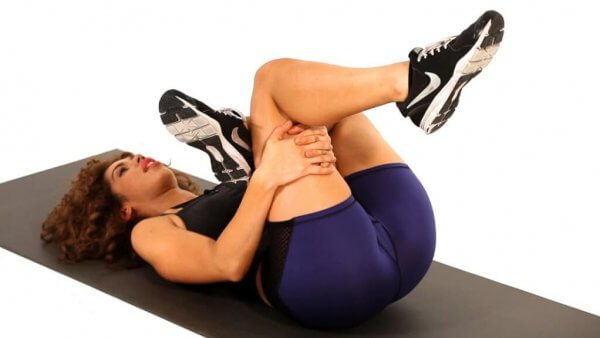
3. Butterfly Stretch Sit: Remember sitting “criss-cross, applesauce” in kindergarten? The butterfly is a modified version of this. Sit on the floor and pull your legs toward you with the bottoms of your feet touching. Gently pull the feet toward you for a deeper stretch, then release after 30 seconds. Repeat.
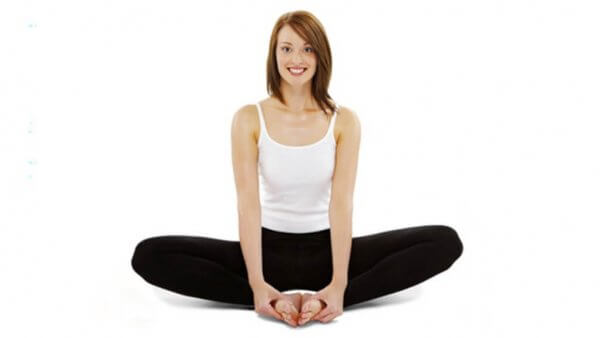
4. Single Leg Stance: Standing up with your back straight, slowly raise one foot until the quad is parallel with the floor. Hold, then lower. Repeat 6-8 times, then start over with the other leg.
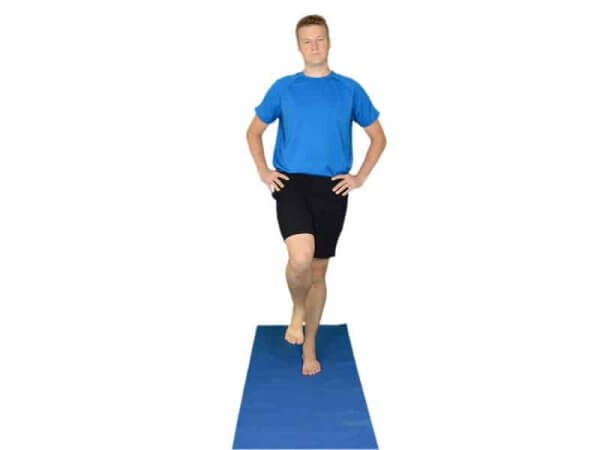
5. Leg Raisers: When standing, slowly lean forward with your upper body, extending one leg up off the floor and out behind you. Use your upper body to help balance. Once you have mastered this, move on to the next.
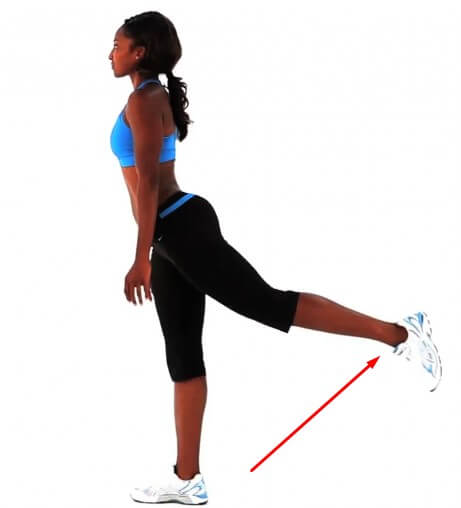
6. Skaters Squat: Lower into a squat, this is your starting position. As you raise up, slowly shift into the one-leg raiser described above.
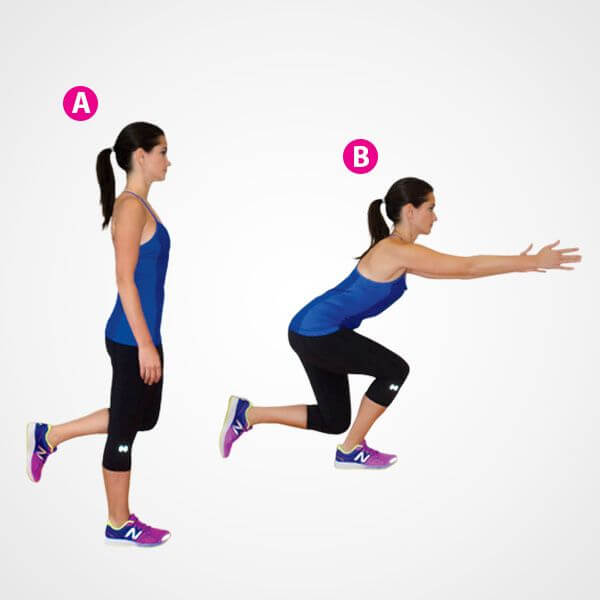
7. One Leg Bridge: Lie on your back, knees bent, and feet on the floor. Slowly lift up into a bridge. Then, lift one leg up off the ground until it is straight. Lift your arms straight up above your body into the air.
To increase the difficulty as you get better with this movement, slowly raise and lower your body off the ground. Repeat on the other side.
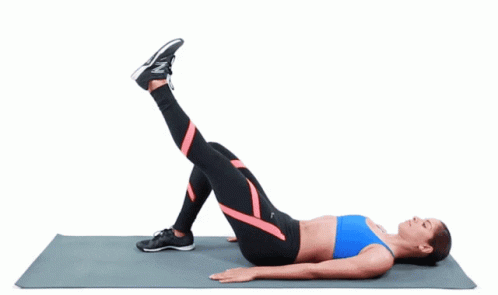
Source: tenor.com
How Long Does It Take to Open Up Your Hip Flexors?
If you are religious about doing the best hip flexor stretches, you can see improvements in your hip flexors in anywhere from three to six weeks.
Many people inquire if they can release their hip flexors at home. The answer is yes!
As you can see from the exercises suggested above, there is no equipment required to see improvements.
Most athletes can fix their hip flexor issues with some diligence, a few exercises, and a commitment to improvement.
How Should I Sleep With Tight Hip Flexors?
Did you know that certain sleep positions can be more comfortable if you are struggling through and rehabilitating particular injuries? For example, side sleeping can be very good for you if you suffer from hip or back pain.
Back sleeping might be another option to try. Placing a pillow under your knees while sleeping on your back might be just the ticket.
If you are a stomach sleeper, this is probably the worse position for hip pain patients. Try to slide onto your side. If that does not seem to be working, you might find slipping a pillow between your knees helps alleviate the pain.
Good Luck!
As you navigate through trying to figure out how to open up hip flexors and increase hip mobility, just be patient with yourself. You can try many things, from adding hip flexor stretches to doing some strength training. How you sleep can even make a difference.
Whatever you do, try to listen to your body through the process.
Hip problems can often lead to problems in other parts of the body. Continuing to ignore hip pain will only lead to other injuries and pain in the body and eventually leave you out of running for a longer period of time.
Sources
Latest Articles
 Is Running on a Treadmill Easier Than Running Outside?Runners have their own preferences, whether it is treadmill running, running outside on the road, or exploring trails. So...
Is Running on a Treadmill Easier Than Running Outside?Runners have their own preferences, whether it is treadmill running, running outside on the road, or exploring trails. So... Is It OK to Use Trail Running Shoes on the Road?While trail running shoes can be used on roads, especially in situations where a runner encounters mixed terrains or pref...
Is It OK to Use Trail Running Shoes on the Road?While trail running shoes can be used on roads, especially in situations where a runner encounters mixed terrains or pref... How to Fix Sore Quads After Running?Rest, ice, gentle stretching, and over-the-counter pain relievers can help soothe sore quads after running. Also, ensure ...
How to Fix Sore Quads After Running?Rest, ice, gentle stretching, and over-the-counter pain relievers can help soothe sore quads after running. Also, ensure ... 10 Fruits With The Most Electrolytes to Replace Sports DrinksThese fruits are high in electrolytes such as potassium, magnesium, and calcium, essential for hydration, muscle function...
10 Fruits With The Most Electrolytes to Replace Sports DrinksThese fruits are high in electrolytes such as potassium, magnesium, and calcium, essential for hydration, muscle function...

